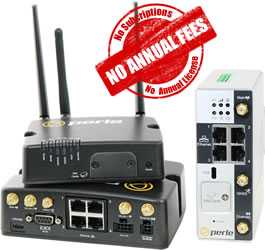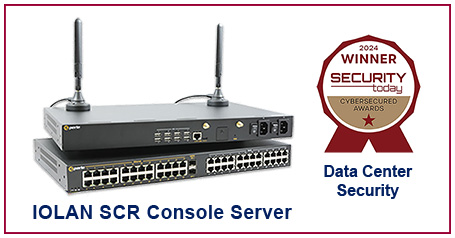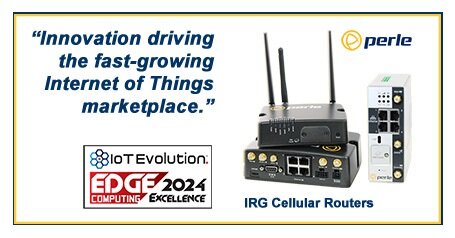
Wireless Connectivity in the Energy Sector
By Julie McDanielVice President Marketing
April 11, 2025
The energy sector relies on robust cellular networks to monitor remote facilities in real-time for operational integrity and optimized production. These wireless LANs and WANs are utilized for real-time data collection, regulatory compliance, and efficient infrastructure management. By integrating 4G or 5G WWANs, enterprises can enhance operational efficiency and security across distributed and remote infrastructure to improve energy production and distribution processes.
Remote Monitoring and Management of Infrastructure
Sensors in oil and gas facilities monitor pipelines by continuously measuring various parameters, such as flow rates, pressure, temperature, and viscosity. These measurements are transmitted in real-time to central monitoring systems using secure wireless wide area networks (WWANs). Immediate detection of anomalies, such as sudden pressure drops or temperature spikes, enables rapid response to prevent leaks, spills, and equipment failures.
Wind farms use wireless networks to monitor turbine performance, tracking metrics such as rotational speed, power output, blade pitch, and mechanical health. Data from these sensors is analyzed to optimize maintenance schedules, reduce downtime, and maximize energy production. Similarly, solar panel installations use wireless technology to transmit performance metrics to centralized monitoring systems, including voltage, current, temperature, and solar irradiance. This real-time data ensures optimal energy harvest, quick identification of underperforming panels, and efficient troubleshooting.
SCADA System Integration
Wireless connectivity integrates with Supervisory Control and Data Acquisition (SCADA) systems to control and acquire data from remote energy infrastructure. For instance, SCADA systems in pipelines and power grids oversee and regulate operations by monitoring valve positions, pump status, pressure levels, electrical loads, and grid stability. Cellular network solutions enable the secure and reliable transmission of this data from remote sites to central control centers.
This wireless integration supports real-time monitoring, diagnostics, and automated control functions. Operators can perform remote adjustments — such as opening or closing valves, adjusting pump speeds, or balancing electrical loads — directly from the control center. Predictive maintenance can be scheduled based on data trends, reducing unplanned outages.
Regulatory Compliance
Wireless connectivity aids energy companies in achieving regulatory compliance through advanced environmental monitoring. Sensors deployed in the field continuously measure and transmit data on particulate matter and other relevant regulatory metrics, including key environmental indicators such as CO₂, NOx, and SOx emissions. These sensors leverage the high bandwidth and low latency of cellular networks to ensure real-time data transmission.
The collected data is integrated into compliance management systems, where it’s analyzed for adherence to environmental regulations. Detailed reports are then generated and provided to regulatory bodies as required. Notably, this real-time monitoring capability not only ensures adherence to legal requirements but also supports environmental sustainability initiatives.
Why Energy Companies Adopt Cellular Networks
Energy companies adopt wireless connectivity to enhance operational safety, reduce costs, increase system reliability, and improve data-driven decision-making.
- Enhancing operational safety: Continuous and reliable connectivity improves safety measures across hazardous locations by providing real-time monitoring and instant alerts, allowing quick responses to potential issues.
- Reducing operational costs: Wireless connectivity reduces costs associated with downtime, travel, and manual monitoring. By enabling remote diagnostics and maintenance, cellular routing solutions minimize the need for on-site visits — reducing travel expenses and labor costs.
- Increasing system reliability and uptime: High-availability connectivity solutions, such as redundant network links and failover mechanisms, minimize disruptions and maintain consistent network performance.
- Improving data-driven decision-making: Real-time data access enhances decision-making processes by providing accurate and timely information. Advanced data analytics and machine learning algorithms process the incoming data to identify patterns, predict potential issues, and optimize operational parameters. Better network integration leads to more informed and strategic operational adjustments, improving efficiency, productivity, and safety across energy operations.
Choose Perle for better wireless 4G and 5G connectivity. Perle IRG Cellular Routers offer robust, reliable, and secure solutions for the energy sector's demanding needs for high performance and continuous operation in the most challenging environments.



